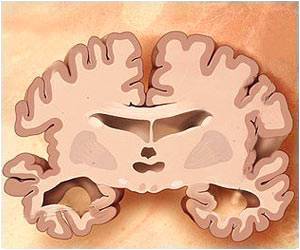
‘Vagus nerve stimulation can yield changes in consciousness even in the most severe clinical cases.’
Tweet it Now
After severe brain injuries in a car accident, the man had been completely unaware of the world around him. Angela Sirigu, who led the work at the Institut des Sciences Cognitives Marc Jeannerod in Lyon, France, said: “He is still paralysed, he cannot talk, but he can respond. Now he is more aware.”
Since the treatment was done, he started to track objects with his eyes, began to stay awake while being read a story and his eyes opened wide in surprise when the examiner suddenly moved her face close to the patient’s. He could even respond to some simple requests, such as turning his head when asked – although this took about a minute.
Niels Birbaumer, of the University of Tübingen said,“Many of these patients may and will have been neglected, and passive euthanasia may happen often in a vegetative state,” he said.
Surgical Implant Shows Effect After a Month
Advertisement
In surgery lasting about 20 minutes, a small implant was placed around the vagus nerve in the man’s neck. After one month of vagal nerve stimulation, the patient’s attention, movements and brain activity significantly improved and he had shifted into a state of minimal consciousness.
Advertisement
The findings offer hope to the families of patients in PVS that it may one day be possible to re-establish some basic form of communication. However, some might also question whether such patients would wish to be made more acutely aware of being in a severely injured state.
Damian Cruse, a cognitive neuroscientist at the University of Birmingham, described the findings as “pretty exciting”, adding that in future it might be possible to combine vagal nerve stimulation with other forms of rehabilitation.
Source-Medindia













